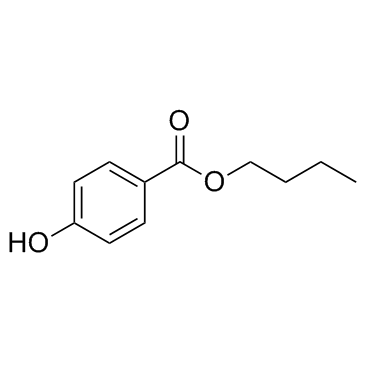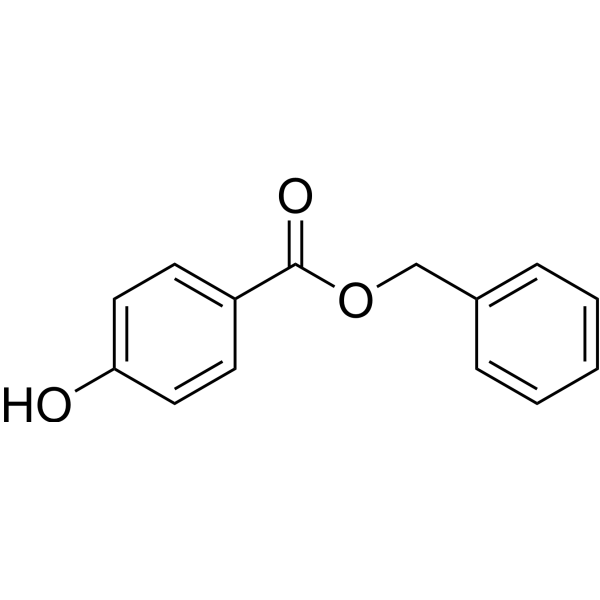| Structure | Name/CAS No. | Articles |
|---|---|---|
 |
Butyl 4-Hydroxybenzoate
CAS:94-26-8 |
|
 |
Benzylparaben
CAS:94-18-8 |